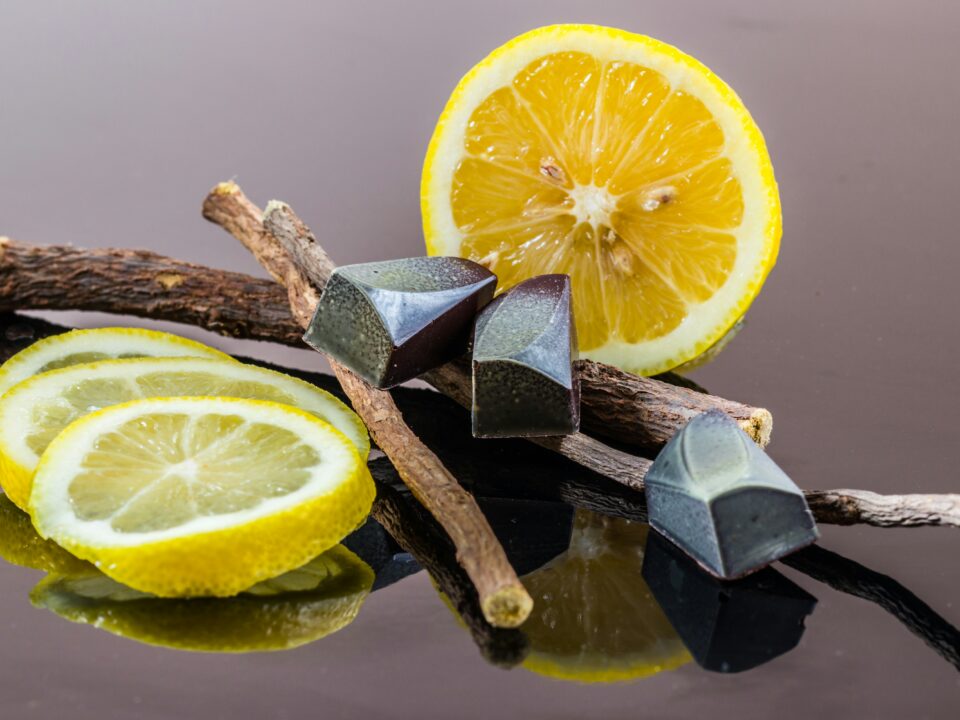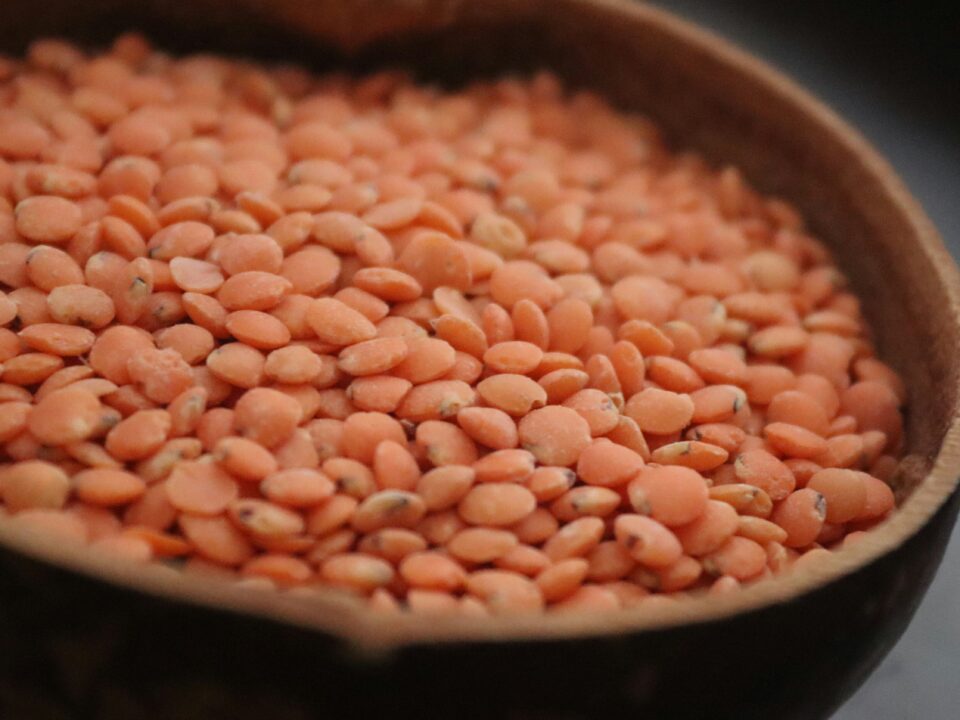
The Asteraceae family, also known as Compositae, comprises more than 30,000 species of flowering plants, often referred to collectively as daisies, sunflowers, or asters. Among them, Bellis perennis stands out as a classic representative of the group. Native to central, western, and northern Europe, this species is widely recognized as the archetypal daisy and is commonly known as the English or common daisy. The term “daisy” itself originates from the Old English phrase dæges ēage, meaning “day’s eye”—a reference to the flower’s petals that open with the sun.
Bellis perennis has long been valued for its culinary and medicinal uses. In its youth, the plant’s tender leaves can be consumed raw or cooked as a potherb. However, as the plant matures, the leaves become more astringent and are no longer considered suitable for consumption.
The astringent properties of B. perennis have made it a staple in herbal medicine since antiquity. Historical records suggest that ancient Egyptians used daisy preparations to treat swelling and bruises as early as 2200 BCE.
In modern dermatology and skincare, the flower extract of Bellis perennis is prized for its brightening, anti-pigmentation, anti-aging, and exfoliating effects. It is commonly incorporated into serums, toners, and illuminating skincare formulations. One of its standout features is its ability to inhibit tyrosinase activity—an enzyme crucial for melanin production. By reducing tyrosinase activity by nearly 50%, daisy extract helps lighten hyperpigmented areas and promotes a more radiant, even complexion.
In addition to addressing pigmentation, daisy flower extract combats signs of photoaging. Its antioxidant and brightening capabilities help diminish sunspots and protect against future discoloration. By interfering with melanin production and supporting collagen integrity, it helps prevent premature skin aging, including fine lines and sagging, often triggered by UV exposure.
Moreover, Bellis perennis extract is rich in naturally occurring exfoliating acids such as malic and tartaric acid. These gentle alpha hydroxy acids (AHAs) play a key role in promoting skin cell turnover. Tartaric acid specifically targets dullness, dryness, and wrinkles while enhancing hydration. Malic acid supports exfoliation, skin tone improvement, and moisture retention, collectively contributing to a healthier, more youthful appearance.
Importantly, daisy extract is considered safe for all skin types, including sensitive skin. It offers an effective alternative for individuals who are allergic to kojic acid or seeking pigmentation treatment options during pregnancy. With its multifaceted benefits and low risk of irritation, Bellis perennis extract continues to be a valued botanical ingredient in natural and cosmeceutical skincare.



